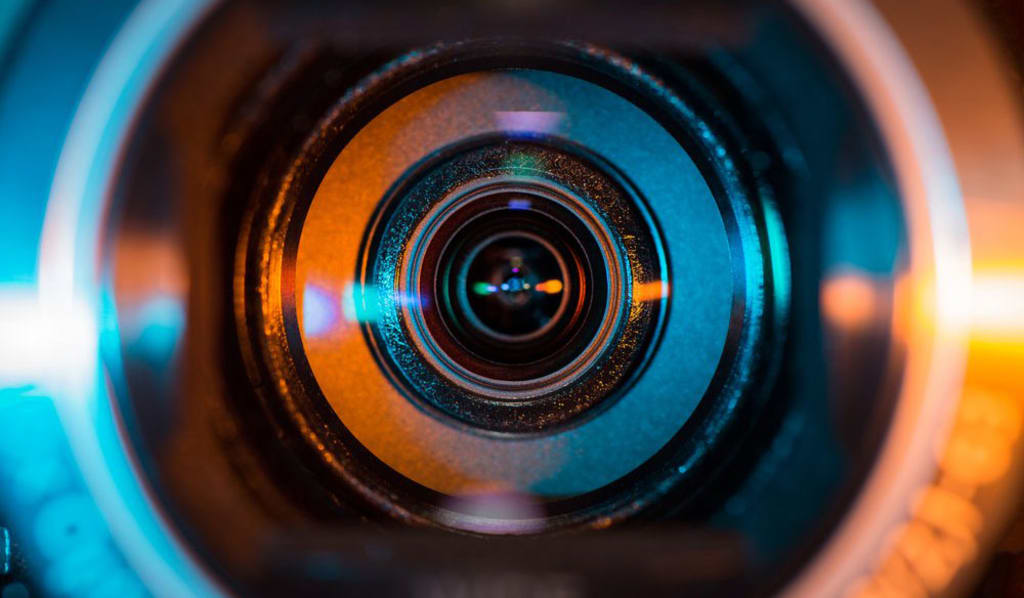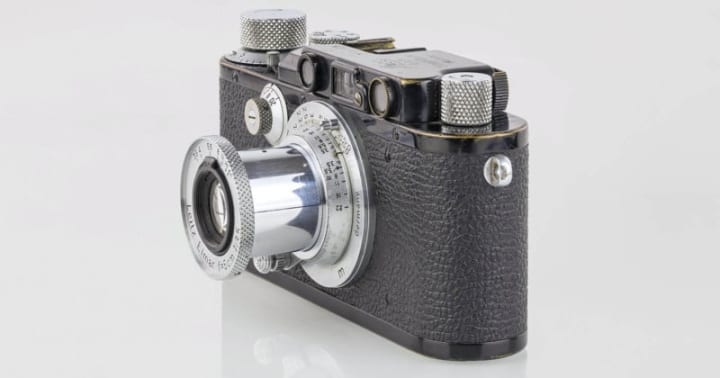
The history of the camera can be traced back to ancient times, when the concept of capturing and preserving images was first developed. Here is a brief overview of the key developments in the history of the camera:
Camera Obscura:
The camera obscura, Latin for "dark chamber," was an early optical device used for projecting and observing images.
It was developed in ancient Greece and China and was used for drawing and entertainment.
Camera obscura, also known as a pinhole camera, is a simple optical device that is used to project and observe an inverted image of the outside world.
The camera obscura consists of a box or room with a small hole on one side that allows light to enter and form an inverted image of the outside world on the opposite side of the box or room.
The camera obscura was first developed in ancient Greece and China and was used primarily for drawing and entertainment.
Over time, it was improved and became an important tool for artists, who used it as a reference for their drawings and paintings.
Today, the camera obscura is still used as an educational tool to demonstrate the basic principles of photography and light.
It is also used by artists and photographers for creative purposes. The camera obscura remains an important part of the history of photography and continues to inspire new forms of visual expression.
Daguerreotype:
In the early 19th century, French inventor Louis Daguerre developed the daguerreotype, a process for producing a direct positive image on a polished metal plate.
This was the first commercially successful photographic process.
The daguerreotype was an early form of photography developed by French inventor Louis Daguerre in the late 1830s.
It was the first commercially successful photographic process and produced a direct positive image on a polished silver-plated copper sheet.
The daguerreotype process involved exposing a light-sensitive plate to light for several minutes, which then had to be developed using various chemical treatments.
The resulting image was highly detailed and had a unique, mirror-like quality due to the reflective metal surface.
Daguerreotypes became popular in the mid-19th century and were widely used for portraiture.
The process was relatively expensive and time-consuming, and the fragile metal plates were easily damaged, but the images produced were of exceptional quality.
The daguerreotype was eventually replaced by newer and more efficient photographic processes, such as the ambrotype and tintype, but it remains an important part of the history of photography and a testament to the ingenuity of early photographers and inventors

Film cameras:
In the late 19th and early 20th centuries, film cameras were developed, which used rolls of light-sensitive film to capture and preserve images.
Film cameras are a type of camera that use rolls of light-sensitive film to capture and preserve images.
They were developed in the late 19th and early 20th centuries and were widely used until the advent of digital cameras in the late 20th century.
Film cameras work by exposing a frame of light-sensitive film to light through the lens of the camera.
The film is then advanced to the next frame and the process is repeated until the roll of film is used up.
The exposed film is then developed in a darkroom to produce a negative image, which can be used to make prints.
Film cameras come in various formats, including 35mm, medium format, and large format.
They also vary in their features and functions, ranging from basic point-and-shoot models to professional-level single-lens reflex (SLR) cameras.
Although film cameras have been largely replaced by digital cameras, they remain popular among some photographers who appreciate the unique look and character of film images, as well as the tactile experience of using a film camera.

Digital cameras:
In the late 20th century, digital cameras were developed, which replaced film with digital image sensors.
Digital cameras offered many advantages over film cameras, including instant image preview, easier image manipulation, and reduced cost.
Digital cameras are a type of camera that use digital image sensors to capture and store images in digital form. They were first developed in the late 20th century and have since replaced film cameras as the dominant form of camera.
Digital cameras work by capturing light through a lens and focusing it onto an image sensor, which converts the light into digital data.
The data is then processed by the camera's built-in computer and can be stored on a memory card, transferred to a computer, or printed.
One of the main advantages of digital cameras over film cameras is the ability to instantly preview and manipulate images. Digital cameras also typically offer more advanced features, such as autofocus, automatic exposure, and higher resolution, and they are more cost-effective in the long run because they eliminate the need for film and development costs.
Today, digital cameras come in various forms, including compact point-and-shoot cameras, mirrorless cameras, and digital single-lens reflex (DSLR) cameras, and they range from basic models suitable for casual photographers to high-end professional models. With the increasing popularity of smartphones, many people now use their smartphones as their primary camera.

Smartphones:
In the early 21st century, the advent of smartphones with built-in cameras revolutionized photography. Today, the camera is a ubiquitous feature of smartphones, making photography more accessible and democratic than ever before.
Overall, the camera has undergone many changes and advancements since its inception, and it continues to evolve in response to new technologies and the changing needs of photographers.






Comments
There are no comments for this story
Be the first to respond and start the conversation.